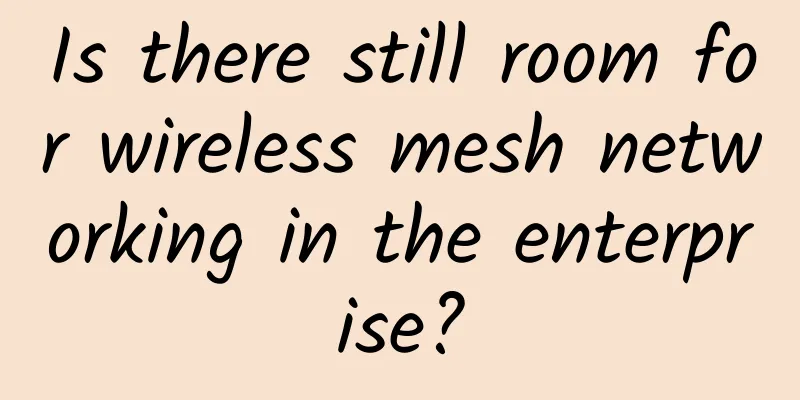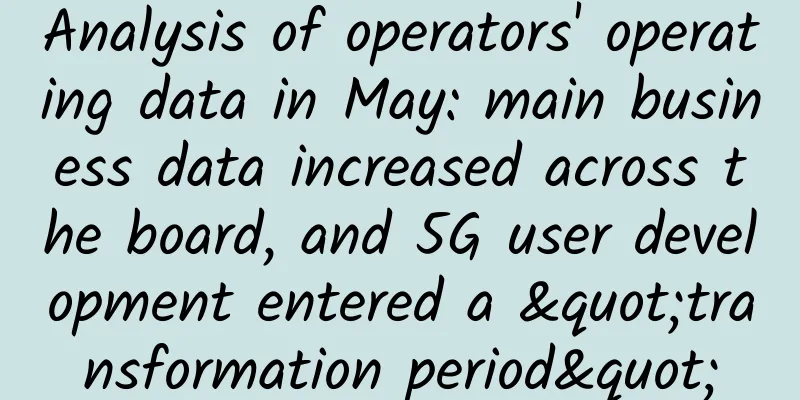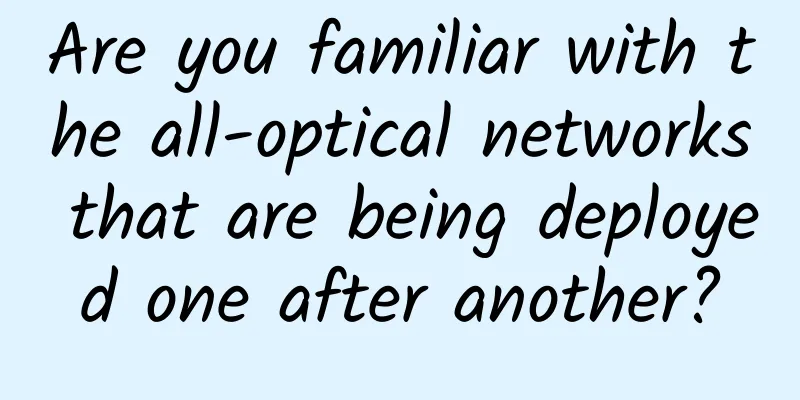Unleashing the power of fiber optics, many changes are waiting

|
We have all been amazed at the power and speed of light in our lives. It literally allows all of us to see and perceive the space around us. It is also a refuge from darkness, thus paving the way for a modern, bright world. Looking forward to it!
To say that fiber has revolutionized the world of telecommunications is an understatement. With so many transformations and forms available, fiber infrastructure and technology are the best choice to unlock Industry 4.0 and beyond. This means a smarter, more connected, more agile, and more efficient world. In fact, fiber optic communications continue to change the way we communicate, treat diseases, drive cars, and even maintain homeland security. Fiber optics is a critical component of advanced connectivity infrastructure and is expected to have an impact of $1.2 to $2 trillion on global GDP. This staggering number represents the impact on just four industries: automotive and assembly, healthcare systems and services, aerospace and defense, and retail. Imagine how large the cumulative impact will be across industries! This article will shed light on how fiber, in its many forms, is transforming not only communications, but also a variety of other key industries that are becoming increasingly digital, connected, and intelligent.
Fiber optic communications allow us to stay connected to the world, no matter where we are. They have replaced traditional copper cables and become the backbone of the Internet.
The result? Improved video conferencing, faster downloads and uploads of large files, and near-instant streaming of high-definition content. From a larger perspective, it is key to building smart cities, converged data centers, connected cars, smart manufacturing, and more.
Fiber optics has also had a significant impact on the medical industry. In fact, the medical fiber optics industry is expected to be worth $1 billion by 2024.
The automotive industry has also adopted fiber optic technology.
From border patrol to homeland security, defense systems around the world are highly dependent on the latest communications networks to stay connected and ready. That’s where fiber-deep networks enable defense communications networks to upgrade from weak legacy systems. Fiber-optic communications systems are used to transmit secure, high-speed data in the field, as well as over long distances in remote and dangerous terrain.
The beauty of fiber optics is that it is not only a powerhouse for advanced industrial applications, but it can also illuminate spaces. Fiber optic lighting is used to create vibrant and colorful lighting effects, making it popular in homes. Not only can fiber optics enhance the décor of a space, but it can also provide a high-quality, economical, and long-lasting lighting solution for offices, restaurants, and retail stores. Summarize |
<<: Edge computing and 5G: enabling low-latency, high-speed connections
Recommend
Building a smarter world with 5.5G
Realizing the Return of 5G 5G is being adopted mu...
Forecast of cellular network development trends in 2017
[[183195]] The new year of 2017 will continue the...
Tencent Cloud mid-year discount preview, pre-heating exclusive 618 yuan early bird coupons with one click
Tencent Cloud's annual mid-year discount 618 ...
RackNerd Los Angeles DC02 restock, VPS promotion starts at $9.89 per year
Earlier this month, we shared a summary of RackNe...
Secada releases the latest 2017 global Chinese PC antivirus software detection and killing capability evaluation report
Recently, the internationally renowned third-part...
T-Mobile and Sprint to merge
Early morning news on February 11, 2020, accordin...
An article explains the detailed process of SSL handshake protocol
[[274498]] Overview SSL (Secure Socket Layer) is ...
Ruijie Cloud Desktop has emerged as a new force. Why do users prefer it?
[51CTO.com original article] Speaking of players ...
Good news: Market forecasts 5G smartphone shipments to increase, but prices to continue to fall
Market research firm IDC expects the global smart...
Behind Gu Ailing's victory at the Winter Olympics: Communications people are silently persevering
7×24 hours uninterrupted protection Communication...
This article will help you understand the difference between fog computing and edge computing!
1. What is the difference between fog computing a...
IonSwitch: $1.75/month KVM-1GB/10G SSD/1TB/Idaho
IonSwitch is a foreign VPS hosting company establ...
What impact will satellite internet have on you when it really arrives?
Starlink, a satellite internet service that has b...
ThomasHost: $5/month KVM-2GB/50GB/1G port unlimited traffic/6 computer rooms available
I searched and found that the blog shared informa...
DiyVM: 69 yuan/month XEN-dual core/2G memory/50G hard disk/5M unlimited traffic/Osaka, Japan data center
DiyVM is a Chinese hosting company founded in 200...









